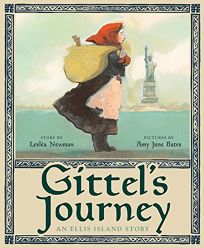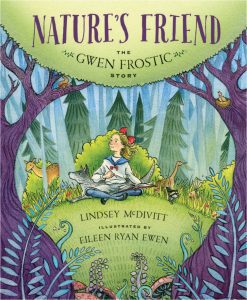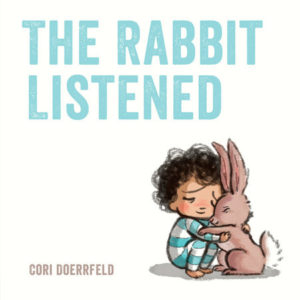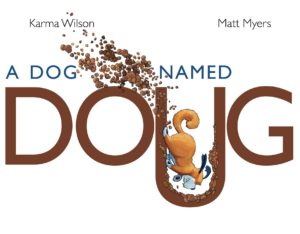–Ryan’s Review of the Writing–
This grade school level picture book biography tells the story of Hollywood actress and inventor, Hedy Keisler, who later became Hedy Lamarr.
While this book is longer than most picture books I run across at OPB–not just the 36 vs. 32 pages, but also because it has chapters!–it never feels like it’s too much. Partially that’s due to the simple sentence structure and a straightforward style.
But almost everybody could go to the movies. A ticket only cost a few coins.
The story flows chronologically, beginning in Hedy’s childhood years of poverty in Austria, then moving ahead to her work as an actress, her initial attempts at creating inventions, and then her failed marriage to an older man that led to her decision to help the Allies in World War II. And all of this happened while growing her career as a Hollywood star.
Though most didn’t know that Hedy harbored a deep interest in inventions, she continued to research and create new things throughout her life. A new Kleenex box. A dog collar that lights up in the dark (so lost pets can be found more easily). A better traffic light.
But her most famous invention emerged after she learned how Nazi submarines were sinking British ships in World War II, and then jamming the radio signals so the British couldn’t return fire with their radio-controlled torpedoes. In response, Hedy came up with the idea for frequency-hopping (also called “spectrum spread”), a technique that’s still used widely today in a variety of items, including fax machines, cell phones, and wireless technologies. It’s no surprise that her birthday–November 9th–is now known as Inventor’s Day!
While there’s a sense that the challenges in Hedy’s personal and professional life stemmed from society’s now-antiquated views on women, that avenue isn’t explored in as much depth as some of today’s readers might choose. Yet without a doubt, Hedy is an intriguing character with spunk, wit, and a profound commitment to helping others.
A brief Author’s Note in the back of the book shares the author’s three memorable personal anecdotes about Hedy.
4 out of 5 pencils
OPB Sidenote: Readers who want a picture book biography on Hedy that’s targeted at a younger audience might try Hedy Lamarr’s Double Life: Hollywood Legend and Brilliant Inventor, which is releasing on the same day as this Penny Candy Books title.
–Linda’s Review of the Illustrations–
When the reader cracks open the pages of Hedy, she will discover sophisticated, rich, secondary colors–notes that fall between the bright primary tones of books for younger audiences. The content is clearly defined, yet couched in the mystery of deep hues set against dark backdrops.
Illustrator Morgana Wallace’s medium is cut paper. She paints the pieces engagingly, modeling faces, costumes, and other details. The paper elements cast a soft drop shadow, giving a subtle 3‑D vibe.
An Art Deco san serif font is used for titles and chapter heads. Pages of text face single spread pictures. Occasionally, humorous vignettes break the type page.
Starting with Lamarr’s Viennese childhood, clothing reflects the times. Just so they grasp the glamour and glitter of her primary career, readers are given one full-length image of Hedy in a lavish Hollywood costume. Her figure is reminiscent of 1940s and 50s fashion drawings–clean edged and dramatically posed with pensive expressions. Hedy’s profile is all 1940s starlet–pouty lips, arched brow, disengaged gaze.
The young reader should close the book with a feeling of having visited an exciting past era, yet one that is relatable and connects with ours.
5 out of 5 crayons

Linda Shute is an author/illustrator who earned a degree in art and art history at Florida State University and taught children’s book illustration at Ringling College of Art and Design.

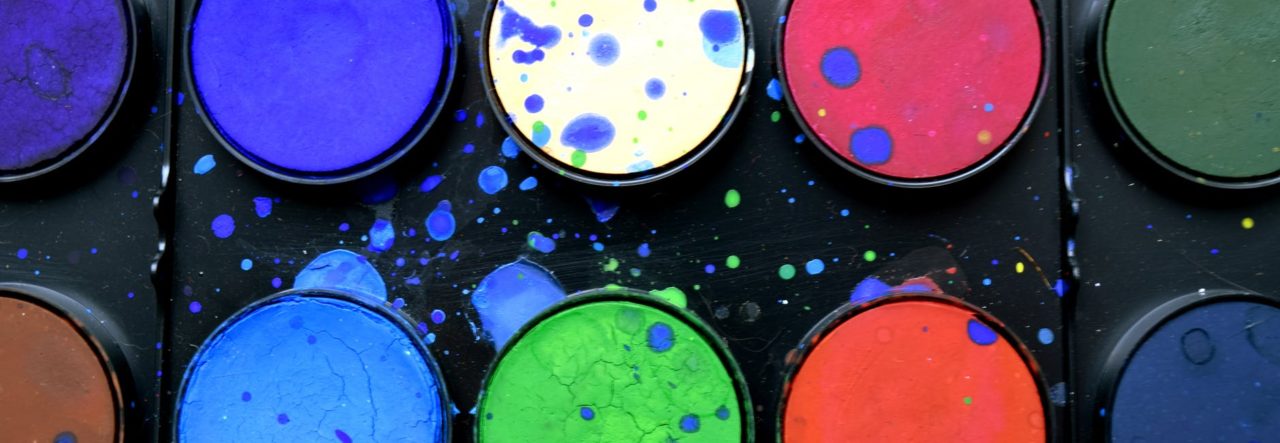
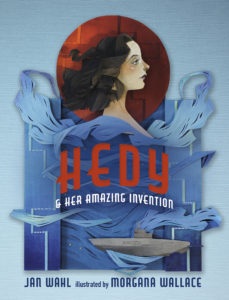
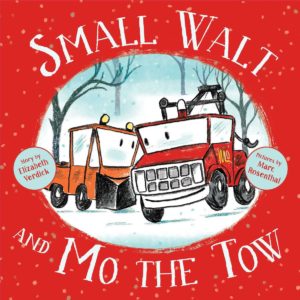
 David C. Gardner is an award-winning illustrator and visual development artist. A former artist for Walt Disney Animation Studios, he has illustrated numerous picture books, including his latest from Sleeping Bear Press, Write On, Irving Berlin! by Leslie Kimmelman (
David C. Gardner is an award-winning illustrator and visual development artist. A former artist for Walt Disney Animation Studios, he has illustrated numerous picture books, including his latest from Sleeping Bear Press, Write On, Irving Berlin! by Leslie Kimmelman (